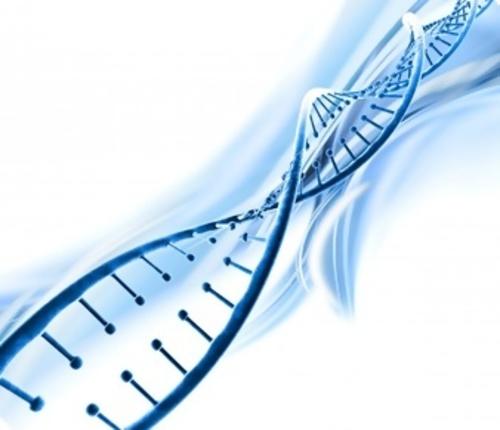Quantitative measurements of qPCR on the basis of DNA/RNA
qPCR is a quantitative measurement for both DNA and RNA and determines a targeted process or organism. In short, you already know what you are looking for and measure the quantity.
For example, with qPCR you can determine how many fungi are present in your sample.
Why do we use qPCR?
Traditional microbiological techniques are based on culturing microorganism. With this traditional technique you only select living and culturable organisms. Unfortunately, the majority of microorganisms (approximately 99%) are considered non-culturable. qPCR allows you look at the genetic material that is always present in a cell. That is why this technique gives a better reflection of the microorganisms that are actually present in the sample, compared to culturing.
An additional benefit to qPCR is that the sample can be fixated on the spot, so that the microbiology cannot change during transport.
vPCR is similar to qPCR. It is a quantitative measurement of a target that is known in advance. The difference between them is that with vPCR, a pre-treatment is carried out, that selects the viable fraction (the v in vPCR stands for ‘viable’). This fraction contains both living active cells and viable, inactive cells such as spores.
When do we use vPCR?
vPCR is always performed in combination with qPCR.
The technique is similar to the culturing technique, but the advantage of vPCR is that, like qPCR, it is based on genetic material. Therefore, there are no restrictions with regard to culturability.
vPCR samples do need to be shipped freshly and cannot be fixated.

Our NGS tests are an identification tool that makes it possible to map all the microorganisms, without needing a target process or microorganism in advance. The test is not quantitative, however it provides a semi-quantitative indication of the microorganisms present. Based on NGS, qPCR analyses can be developed to quantify and possibly monitor.
Our NGS tools:
The 16S amplicon sequencing focuses on the identification of the entire microbial population in a sample, thanks to the use of advanced molecular technology, Next Generation Sequencing (NGS). The NGS-technique provides much more biologically relevant information about the microbial population than more traditional molecular tools. We use the data that is acquired with 16S amplicon sequencing, to understand the role that microorganisms play in your process and to help you to control them.
Benefits:
The 16S amplicon sequencing identifies all bacteria, archaea, fungi and/or eukaryotes in your system and provides insight thanks to usable data. We will present you the acquired data in a visually insightful way.
Total RNA sequencing is a test based on NGS (Next Generation Sequencing). With this test, you can identify all present organisms and their functionality. This does not require a target that is known in advance (a targeted process or organism). With the Total RNA sequencing tool, it is possible to analyse both DNA and RNA of all the genetic material.

Rob Elzinga,
elzinga@microbialanalysis.com